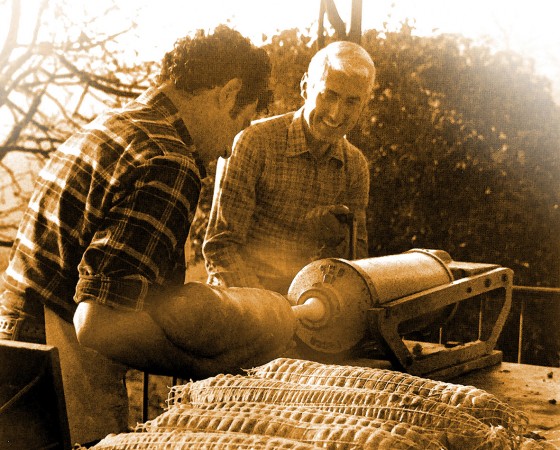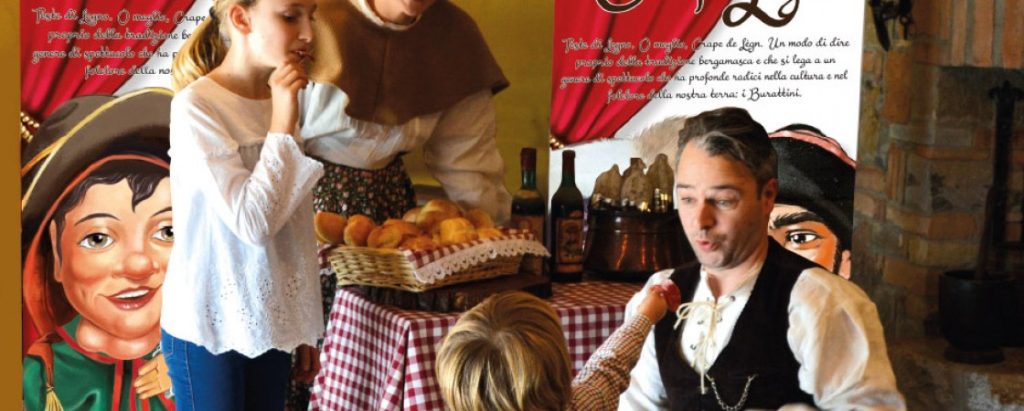The land, the Folklore and the Tradition
The land, the Folklore and the Tradition
The land, the Folklore and the Tradition
The land, the Folklore and the Tradition
Previous
Next
Our land

In an era of migration and cultural exchange, it is good to reflect on your own territory and what makes it such a special place for you. The pride of our roots and the awareness of our own history are something we value greatly and love to share.
The province of Bergamo, located between the end of the Lombardy plain and the Alps, is a land rich in history and is steeped in an artistic and cultural heritage that has been preserved beautifully even in the smallest of villages.
Our land, our valleys and our mountains, are places not just of majestic beauty but also intimacy and family, underpinned by values of hard work and dedication. These are the values that have been handed down to us through the generations and that we look to pass on as guiding principles to our own children.
The province of Bergamo, located between the end of the Lombardy plain and the Alps, is a land rich in history and is steeped in an artistic and cultural heritage that has been preserved beautifully even in the smallest of villages.
Our land, our valleys and our mountains, are places not just of majestic beauty but also intimacy and family, underpinned by values of hard work and dedication. These are the values that have been handed down to us through the generations and that we look to pass on as guiding principles to our own children.
The "Norcineria" of Bergamo
Each December it was traditional for every village to slaughter a pig, the elderly farmers still recall “It was the biggest party of the year” and the activities started early. The butcher, named norcino, copasunì, masant, would arrive with his tools gathered in a bag.
On the day, it was customary for the butcher to be a guest of the farmer’s family, for lunch and dinner. He rarely consumed pork meat; something else was prepared for him, perhaps pasta, cheese & vegetables. Nothing was wasted, the meat would be prepared and cured and the family would cook the liver that could not be preserved.
It was cooked with onions according to a well-known recipe in Veneto and Lombardy. The Caul fat was used to cook the liver, this fat was named rét o gradiséla; it made an ideal sauce for the traditional polenta because it melted deliciously with the roasted onions.
On the day, it was customary for the butcher to be a guest of the farmer’s family, for lunch and dinner. He rarely consumed pork meat; something else was prepared for him, perhaps pasta, cheese & vegetables. Nothing was wasted, the meat would be prepared and cured and the family would cook the liver that could not be preserved.
It was cooked with onions according to a well-known recipe in Veneto and Lombardy. The Caul fat was used to cook the liver, this fat was named rét o gradiséla; it made an ideal sauce for the traditional polenta because it melted deliciously with the roasted onions.

The folklore

Some might tend to associate the character of the people of Bergamo with that of the famous “Giopì”, the undisputed hero of Bergamo’s comedy of art (commedia dell’arte) which is actually the origin of today’s Punch and Judy.
The Gioppino, in fact, says a lot about Bergamo and her people being characterized by a firm manner and dialect, but always good-natured. Gioppino is always shown carrying a stick that he uses to forcefully make his point and he always acts in favour of the poor and the disadvantaged. Gioppino is also a lover of fine food and wine and, of course, he declares himself madly in love with his wife Margì.
The Gioppino represents the simple person, stout but kind-hearted, and always ready to defend the weak . He also represents the honest “Bergamasco” someone who loves his family, works hard for them and does not tolerate injustice. From the exploits of this character was born one of our most successful product lines the “Crape de legn” which literally translated means “wooden head”
The Gioppino, in fact, says a lot about Bergamo and her people being characterized by a firm manner and dialect, but always good-natured. Gioppino is always shown carrying a stick that he uses to forcefully make his point and he always acts in favour of the poor and the disadvantaged. Gioppino is also a lover of fine food and wine and, of course, he declares himself madly in love with his wife Margì.
The Gioppino represents the simple person, stout but kind-hearted, and always ready to defend the weak . He also represents the honest “Bergamasco” someone who loves his family, works hard for them and does not tolerate injustice. From the exploits of this character was born one of our most successful product lines the “Crape de legn” which literally translated means “wooden head”

